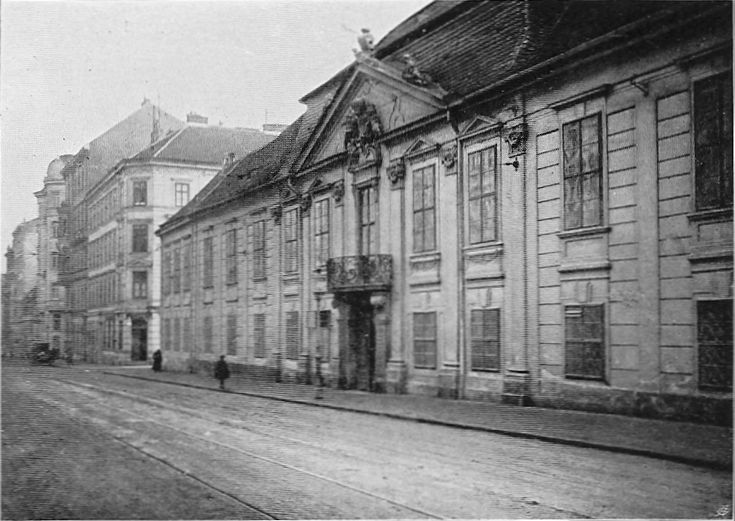History and Foundation

In 1867, the top agricultural school of the Habsburg Monarchy, the “k.k. höhere landwirthschaftliche Lehranstalt” (Imperial-Royal Institution of Higher Agricultural Education) situated in Mosonmagyaróvár was assigned to the Hungarian half of the empire after the Austrian Hungarian Compromise. The language of instruction was changed to Hungarian.
The Austrian Hungarian Compromise also required a remodeling of the top central agencies of the state administration. As a successor to the “Ministerium für Landescultur” (Ministry for Land Improvement), the Imperial-Royal Agricultural Ministry was established. Among the numerous agendas one could also find agricultural and forestry education.
A long establishment process (1867 – 1872) for the University of Natural Resources started. While there had already been the Imperial-Royal Forestry Academy Mariabrunn since 1867 (since 1813 as a Forestry Institution of Education), a higher institution for agriculture had yet to be founded.
There was also the idea of founding an “Österreichische Hochschule für Urproduktion” (Austrian University for Initial Production). The participants of the 1st Agrarian Congress, which was held in Vienna in November 1896, were intensively engaged in the foundation of an Academy or University. Pivotal questions were raised about the location and curriculum. The latter was agreed upon quickly. However, when it came to the question of location, the ideas of “practitioners” (who especially demanded a research farm) and “theoreticians” (who preferred top education) clashed. Eventually, the participants of the Congress decided that the location would be in the capital city, Vienna, by the majority. The reason was mainly based on the accessibility of other academic facilities and institutions.
The “k. k. Hochschule für Bodencultur” (Imperial-Royal University of Natural Resources) was founded based on the act of April 3rd, 1872 (RGBl. Nr. 46). The objective of the university is determined in § 1 of the University Statute, which was approved June 6th, 1872, and states that it “[…] grants the highest academic education in agriculture and forestry”.
The grand opening was carried out by the then Minister of Agriculture Johann Ritter von Chlumecky on October 15th, 1872 . Dr. med. Martin Wilckens served as Founding Rector. He was a professor of animal physiology and husbandry, came from the German Reich and worked at the University Rostock before he was appointed to Vienna.
